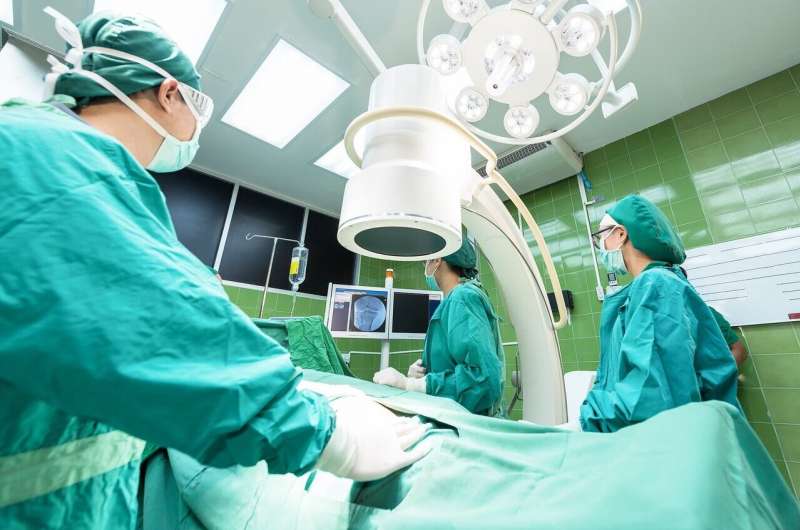Robot-assisted surgery: Few advantages, high costs

Clinical studies on robot-assisted surgery for indications in the thorax and abdomen have so far shown few advantages for this cost-intensive surgical method. This is the result of a recent analysis by the Ludwig Boltzmann Institute for Health Technology Assessment, which examined relevant international clinical studies. In fact, the data situation is currently very unsatisfactory, as there are few larger, high-quality studies available.
Robot-assisted surgery allows minimally invasive interventions with high precision. One might therefore expect advantages for patients in the course of surgery and subsequent recovery, compared to other procedures such as laparoscopy or open surgery. A comprehensive study by the Ludwig Boltzmann Institute for Health Technology Assessment (LBI-HTA) has now investigated whether this is actually the case for indications in the thorax and abdomen. A total of 28 relevant controlled clinical studies with at least 10 patients each were included in the HTA study. The results have now been published as part of the European Network for Health Technology Assessment (EUnetHTA).
"In summary, it can be said that for the indications analyzed there are few indications of clear advantages for the efficacy and safety of this new surgical technique," says Priv. Doz. Dr. Claudia Wild, Director of the LBI-HTA. This result is particularly difficult because robot-assisted operation systems are expensive, tend to require longer operation times and require intensive training and frequent practice. Differences in surgeons' experience, the study authors emphasize, contributes to difficulties in comparing different studies. The studies provide little systematic information on the extent to which experience and frequent practice can have an influence on the patient outcome.
For nine of the 13 procedures examined in thoracic and abdominal indications, no sufficient evidence could be found from comparative clinical studies that would have made it possible to determine the benefit of robot-assisted surgery compared to other methods.
Complications possibly reduced
For a small number of procedures, certain advantages could be identified, albeit with a high degree of uncertainty, even if only for some and not all outcomes. For example, robot-assisted esophagectomy (removal of the esophagus) probably reduces postoperative complications and improve patients' postoperative quality of life compared to open surgery. When used in gastrectomy, robot-assisted surgery may improve postoperative complications compared to laparoscopic surgery. Robot-assisted surgery may also lead to fewer or milder complications during and after surgery compared to other methods for gall bladder removal. A robot-assisted rectal resection (partial removal of the rectum) may improve sexual function and reduce postoperative complications, but may increase intraoperative complications and worsen sleep function.
As this study shows, the evidence for the advantages of such surgical techniques is often not convincing. With regard to robot-assisted surgery in the thorax and abdomen the evidence situation is expected to improve significantly over the next five years. Another result reported is that numerous studies are already underway on this topic, involving up to 5.000 patients.

















